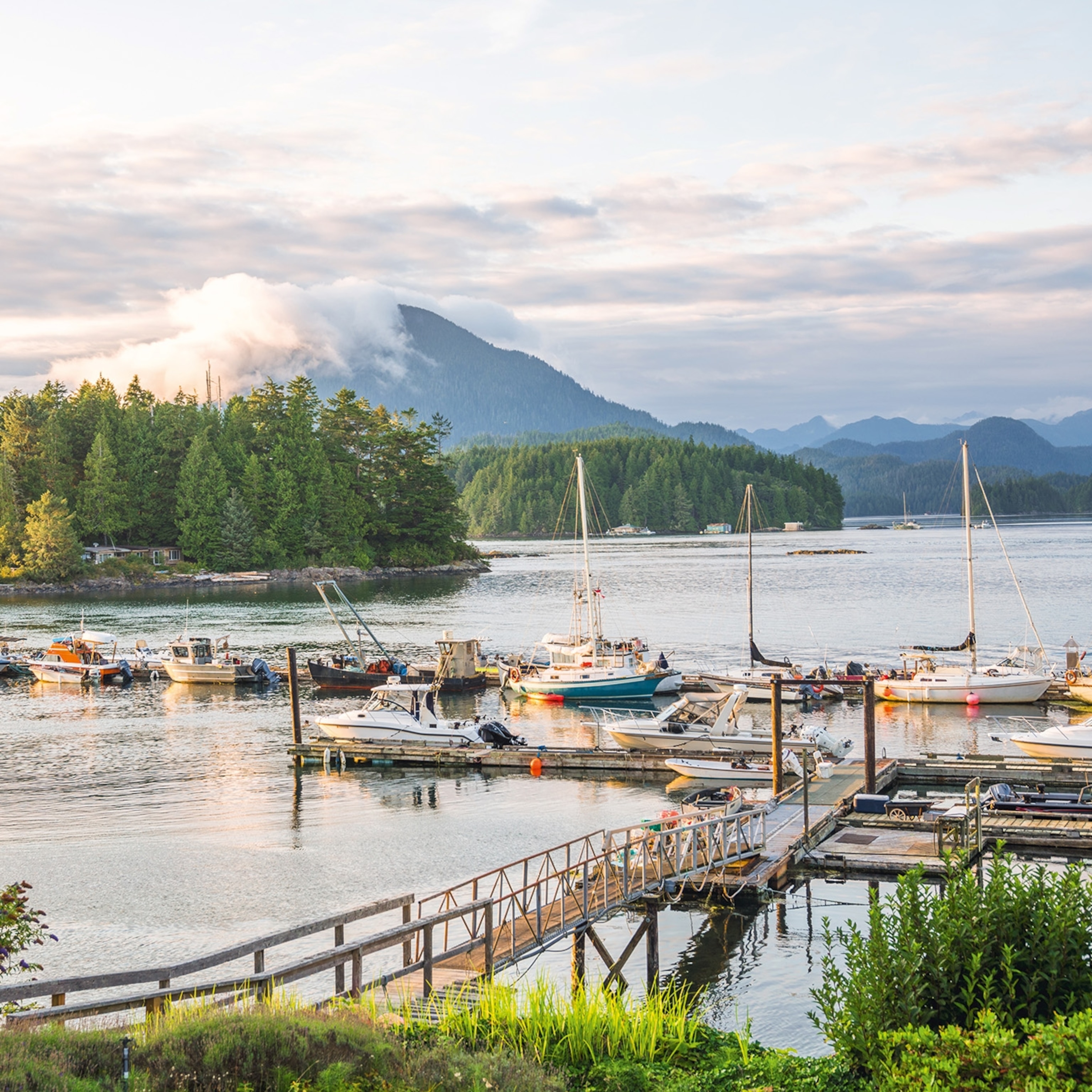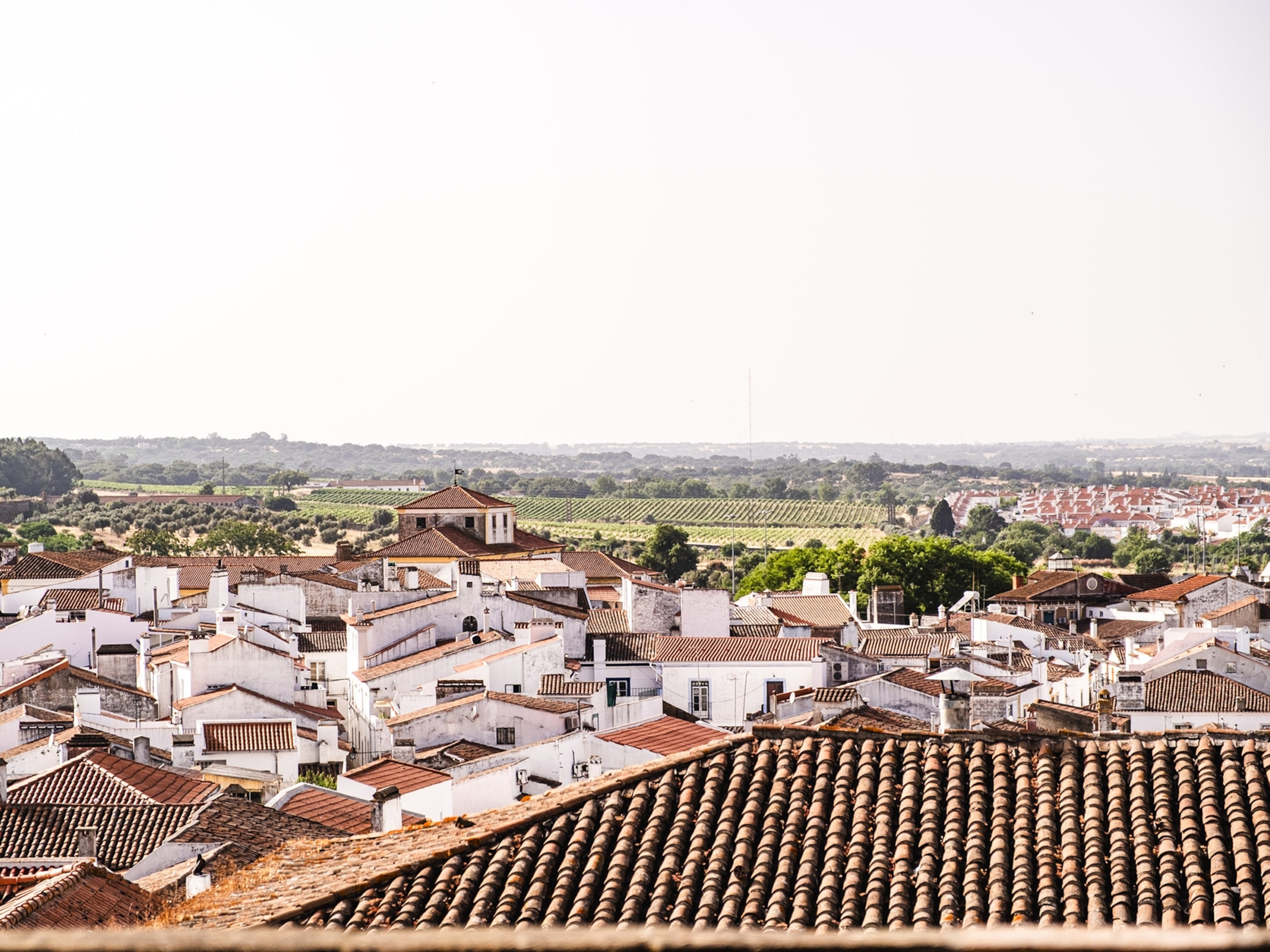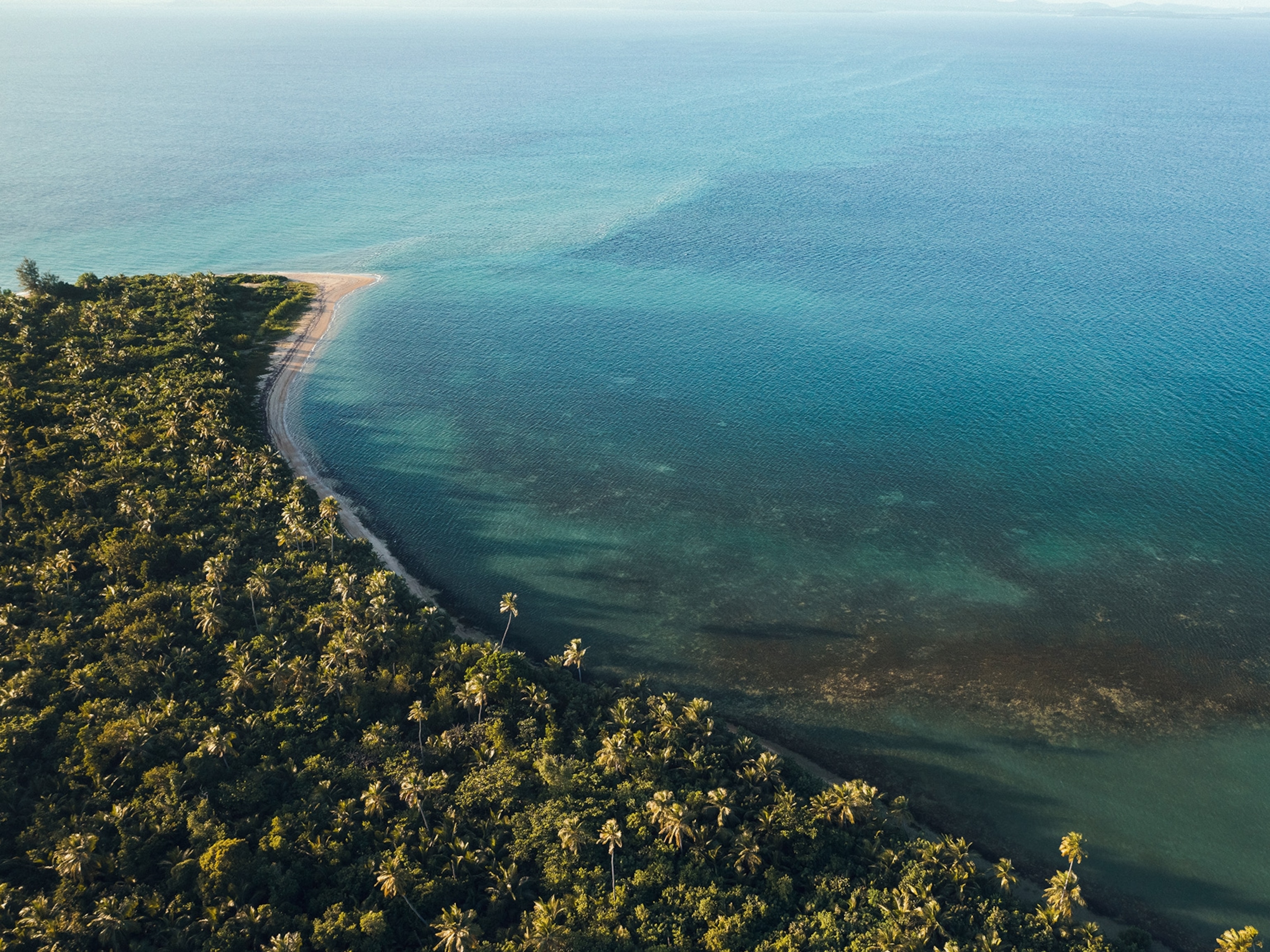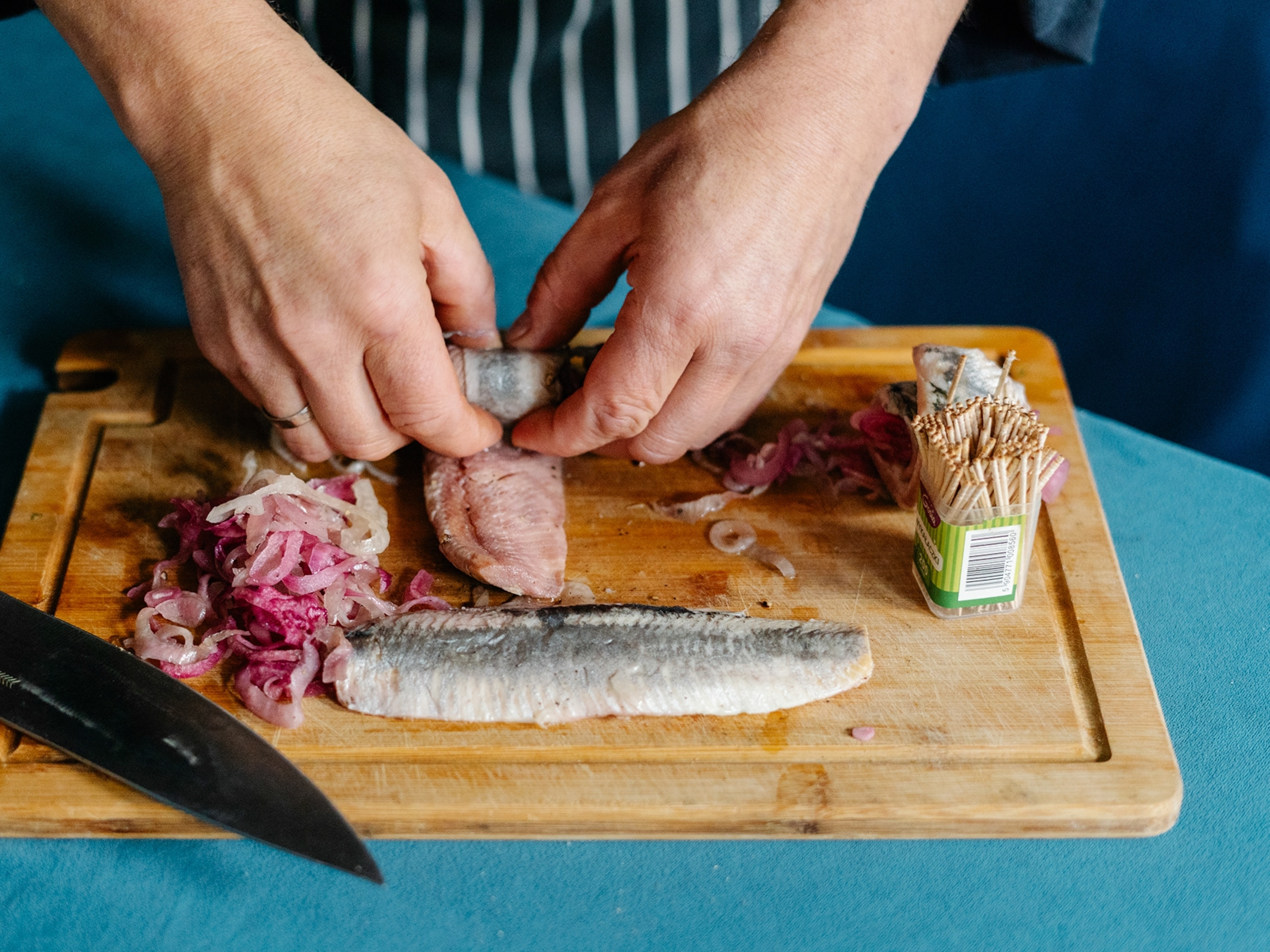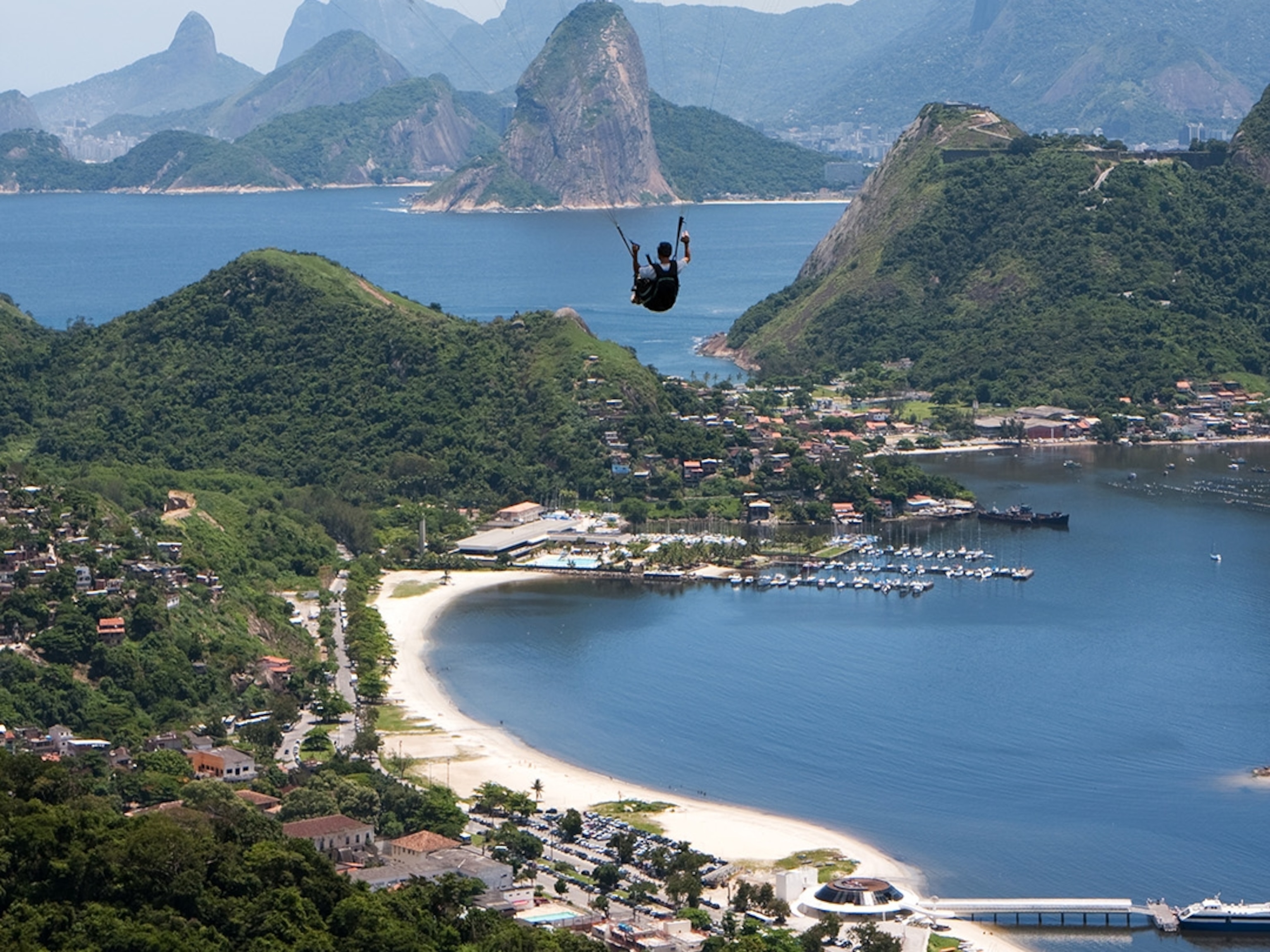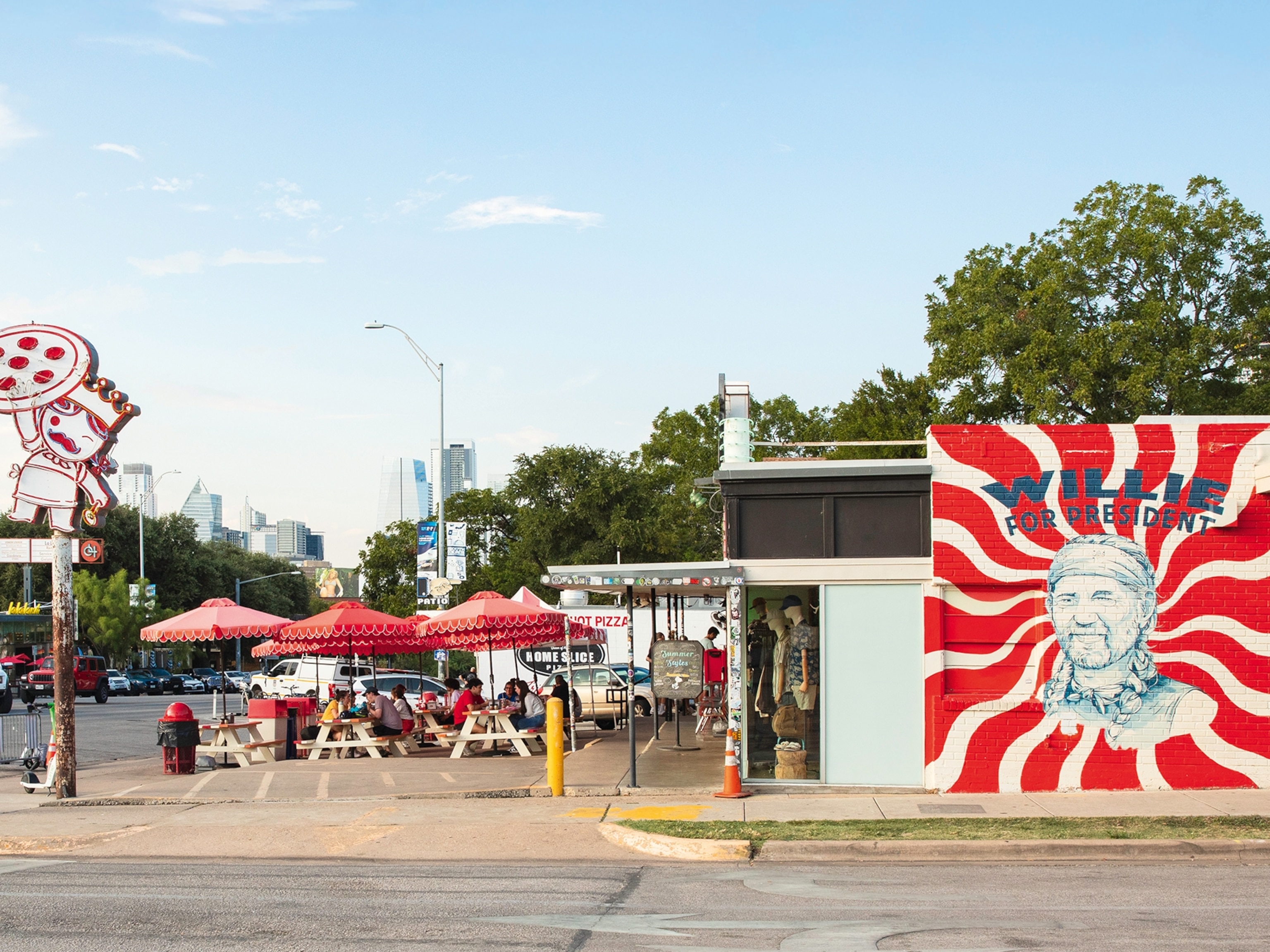A guide to Quito, where old-world charm meets bohemian flair
Ecuador’s lively capital rewards travellers who venture beyond the grand plazas and imposing churches of its UNESCO-awarded core.
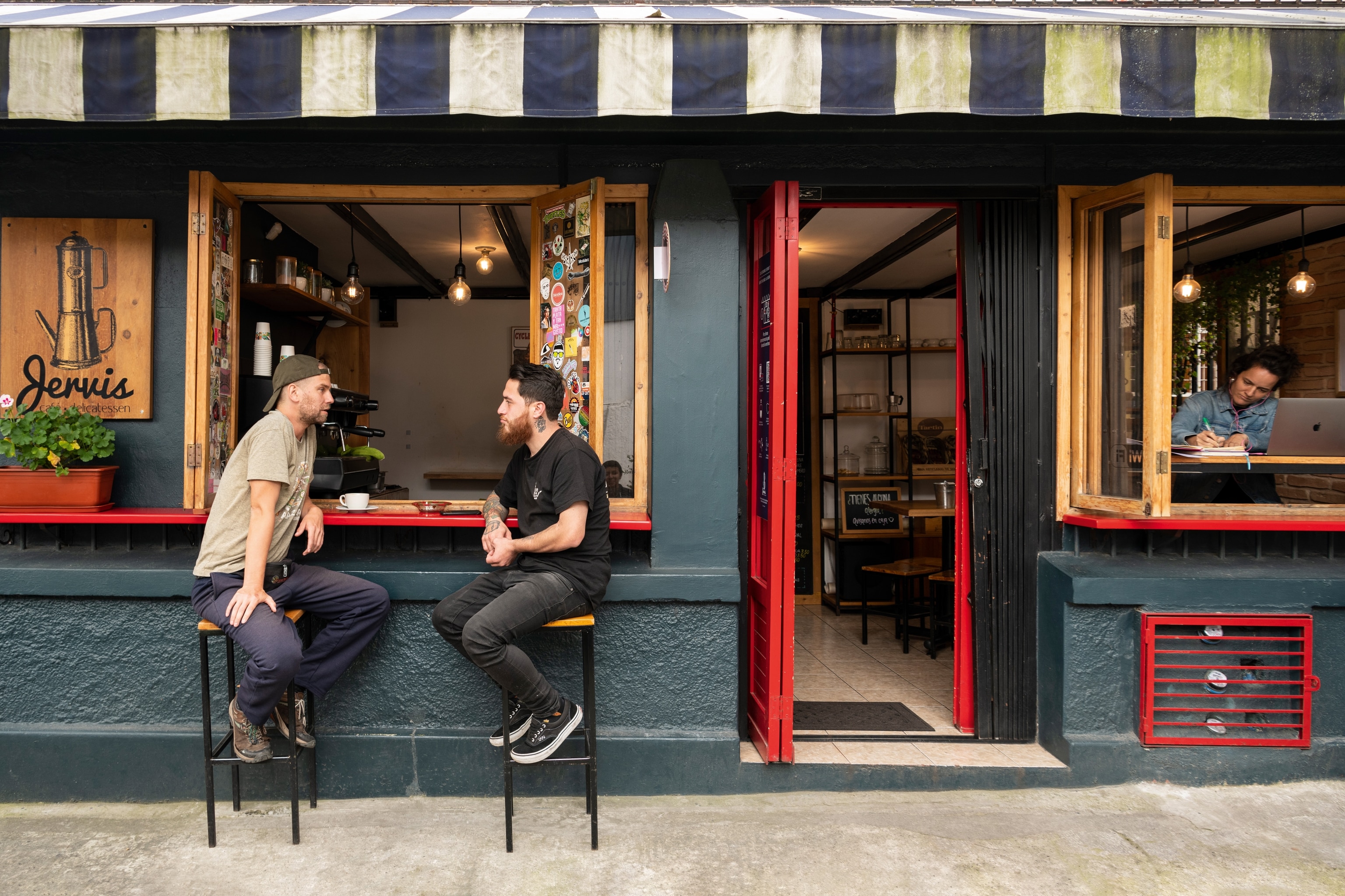
Ecuador’s Andean capital sits over 9,000ft above sea level, but it’s not just the altitude that takes your breath away. The city appears to be poured into a dramatic valley, encircled by snow-cloaked volcanoes of which Quiteños speak as one would of neighbours or old friends: Cotopaxi, Cayambe, Pichincha, to name a few.
Less ancient, yet old by any human measure, is the 16th-century architecture. Catholic and Jesuit churches pepper the magnificent Old Town of Quito, which was among the first cites to be declared an UNESCO World Heritage Site and is the oldest of all the South American capitals, founded by conquistador Francisco Pizarro in 1534. Adding to the historic ambience are pastel-hued, Spanish-era townhouses; fuchsia geraniums trail from their balconies, giving Quito its nickname, the Pink City.
Outside the historic core, architectural styles get looser and the neighbourhoods cooler. In Mariscal Sucre, local Quiteños and gringos (foreigners) cut loose at packed clubs; in La Carolina, joggers throng its eponymous park. The place to be, though, is La Floresta: a graffiti-scrawled artists’ refuge, where every surface is a canvas. Founded in 1917, this bohemian ‘hood is home to open-air bars and cafes, as well as high-end Ecuadorian and international restaurants. This marks a change: just a decade ago, cheap almuerzo lunch deals — fruit juice, soup and meat with rice and beans — were the only option around.
While in Quito, be sure to try Ecuadorian coffee and chocolate: despite their quality, these products often don’t make it overseas without being blended with lesser goods, so fill up while you can. And why not? After all, it’s said you require more calories at altitude.
See & Do
Basílica del Voto Nacional: Begun in 1892, this neo-gothic cathedral proved so lavish and costly it became a trigger point in Ecuador’s 1895 Liberal Revolution. It’s a wonder to look at, with condor, iguana and tortoise gargoyles, and stained-glass windows displaying some of Ecuador’s 1,710 endemic orchid species. Tackle the climb up the towers for one of the best views in town.
Iglesia de la Compañía: It took the Jesuits 160 years to finish this Historic Centre church in 1765 — possibly because they were busy coating every surface in gold leaf. The result is a dazzling fusion of baroque and rococo styles. Look out for the impressive trompe-l’œil staircase and columns.
Street art: Most of Quito’s murals are in La Floresta, where artists grapple with themes of identity and politics. However, one of the most memorable is on Avenida 24 de Mayo, between the Old Town and San Sebastián neighbourhoods. Here, in 2022, the government commissioned Spanish enfant terrible Okuda San Miguel to paint a mural marking 200 years of Ecuadorian independence. This he did — adding a giant Japanese Pikachu character in the centre.
Museo Nacional: One of the country’s largest collections of Ecuadorian art includes more than 1,000 ceramic pieces dating as far back as 11,000 BC, as well as a mesmerising collection of pre-Columbian masks in the Sala de Oro (Gold Room). A wander through the Colonial Art gallery is essential to understand the complex power dynamics of that period; harrowing contemporary works by Oswaldo Guayasamín offer a modern perspective.
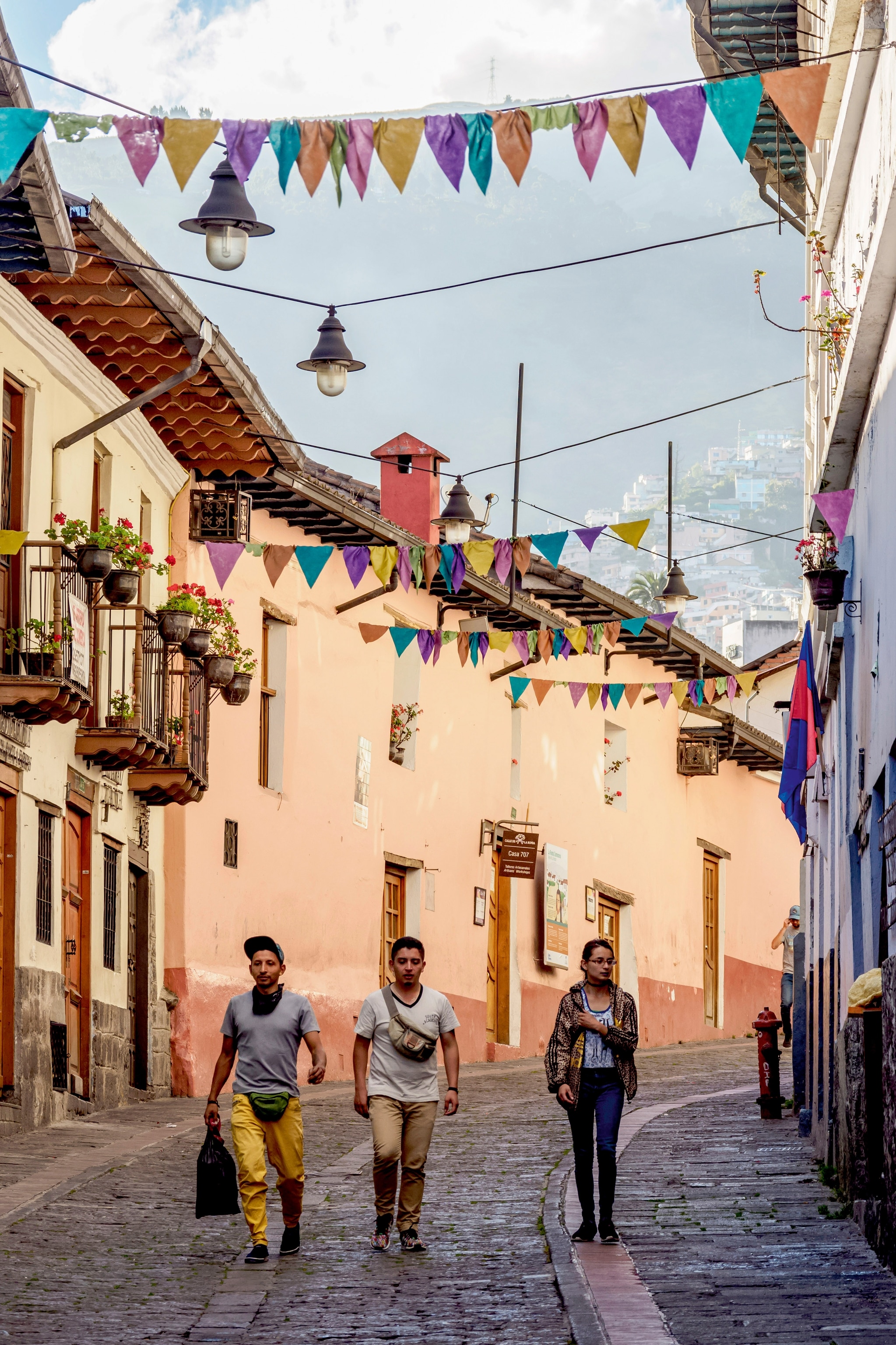
Like a local
Festive decorations: Catch a taxi or local bus to the suburb of Calderón, Ecuador’s capital of mazapán. These colourful piped dough designs festoon Ecuadorian high days, but can be purchased here year-round in local stores. Before heading back to Quito, stop at Avenida 9 de Agosto, where murals depict Abdón Calderón, the young hero of Ecuadorian independence, after whom the town is named.
Ochoymedio: A La Floresta institution since 2001, Quito’s only independent cinema hosts regular film festivals and international screenings. If there aren’t any English-language showings, it’s still worth settling down with a coffee or glass of wine in the movie-themed Rio Intag cafe.
Promenade in the plaza: Join colourfully attired Quiteños as they take some air and watch street performers in Plaza de la Independencia. Generally, indigenous women’s dress comprises a skirt, blouse, shawl and hat — but subtle differences indicate which community they belong to. You can pick up indigenous textiles and jewellery at the Mercado Artesanal La Mariscal.
Buy
Panama hats: Although the name suggests otherwise, Panama hats are actually made in Ecuador’s Manabí province. True Panamas can take months to weave and cost thousands of dollars, so markets in Latin America can be flooded with cheap fakes. You’ll find affordable yet genuine articles at Sombreros López, which has sold all manner of smart headgear since 1920.
Chocolate: República del Cacao in the Old Town sells single-origin chocolate from small Ecuadorian farms, with products organised by region, from Amazonia to the Galápagos. Pull up a wicker chair in the cafe and feast on red velvet sponges and mirror-like ganache, as well as hot chocolate served in cacao-pod-shaped cups.
Crafts: Handicrafts from all over Ecuador are sold at the Mercado Artesanal La Mariscal, at 611 Jorge Washington in Mariscal Sucre, the northern neighbourhood beloved by backpackers. Browse the 200 stalls that sell everything from panpipes and jewellery to alpaca-wool blankets and tapestries made by Indigenous Salasaca people.
Sleep
Selina Quito: More ‘poshtel’ than hostel, this bolthole in Mariscal Sucre is geared towards longer stays. There’s a coworking space for nomadic types, plus a busy calendar of social events such as yoga classes, karaoke nights and all-you-can-drink happy hours. Tours include guided hikes to the Pichincha and Cotopaxi volcanoes. selina.com
Swissôtel: The hotel chain’s Quito outpost in La Floresta has all the luxurious facilities you’d expect, yet the dark-wood interiors look more boutique than branded. As well as high-end Ecuadorian and Japanese restaurants, the hotel provides one of the best breakfast buffets in Quito: churros, Amazonian fruits, ceviche, sliders and build-your-own omelettes.
ILLA Experience Hotel: Sandwiched between Old Town museums, this design-forward property takes the promise in its name seriously. You might find yourself churning strawberry sorbet in a bronze pail or painting a watercolour of the Quito skyline, all under the supervision of artisans who are experts in ancestral techniques.
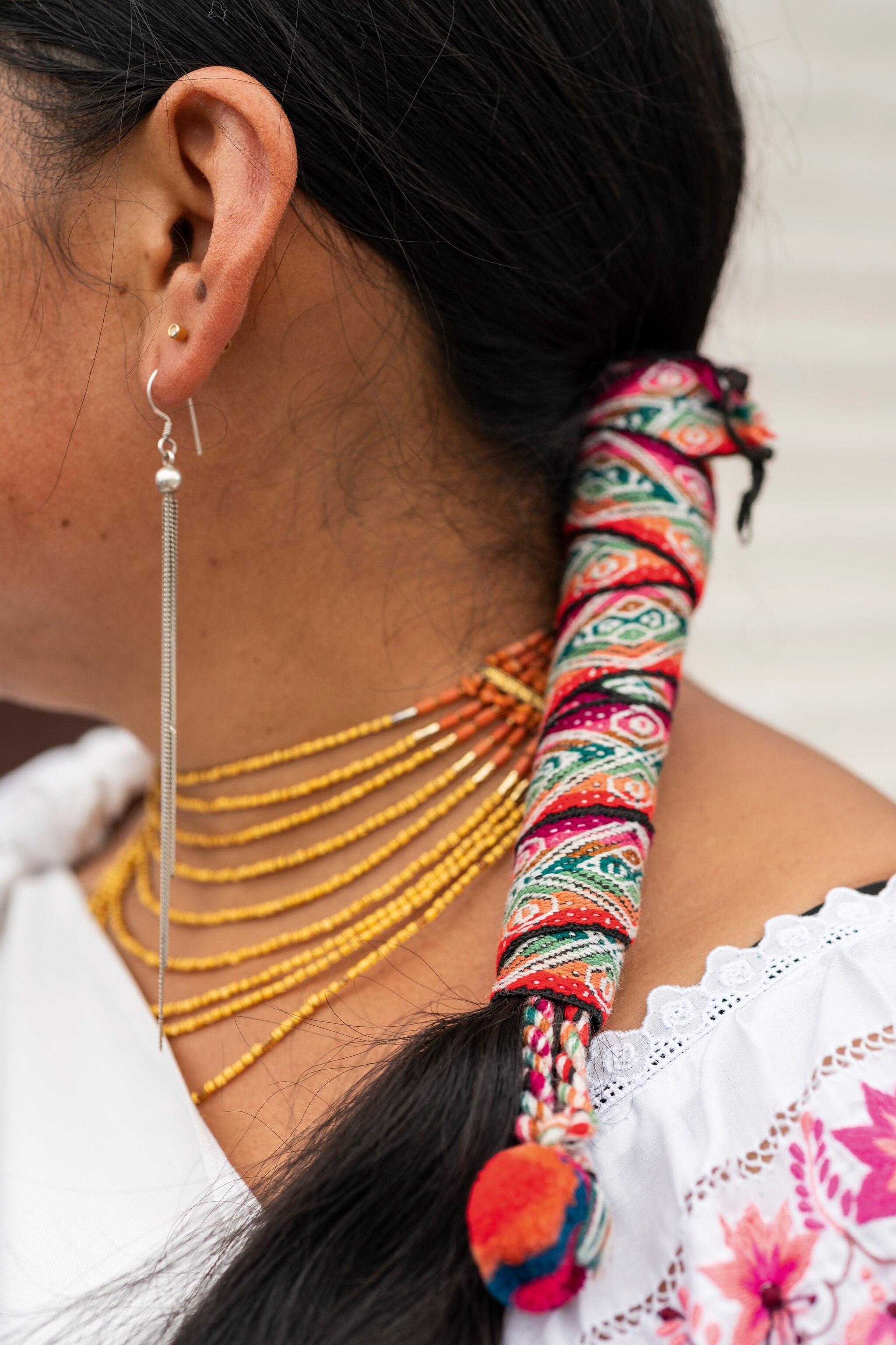
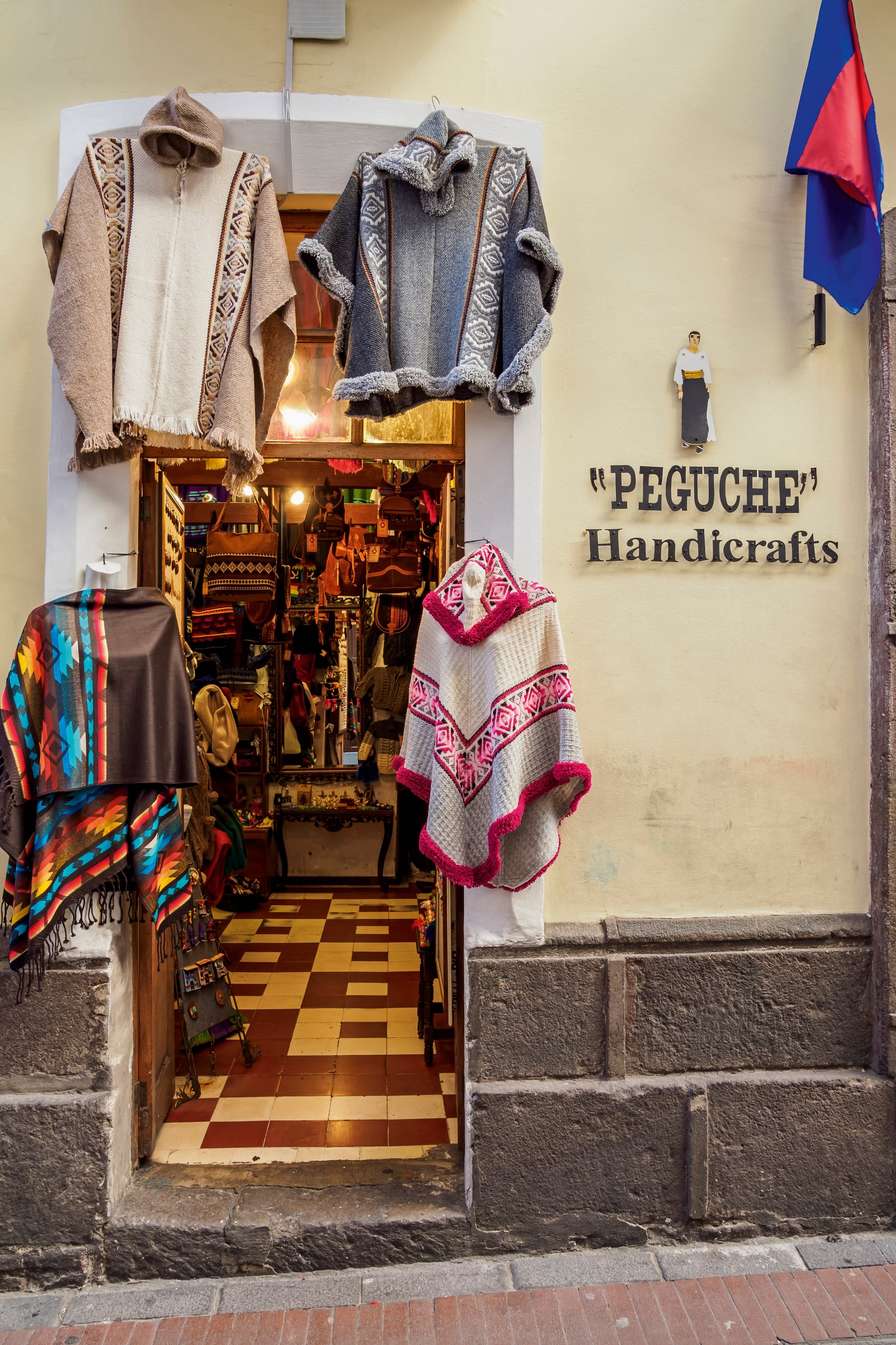
Eat
Parque José Navarro: Head to this market in Avenidas Ladrón de Guevara for street food specialities such as tripa mishqui (pork tripe with potatoes), sweet pristiños pastries and a hearty lamb’s intestine soup known as yaguarlocro. It runs daily in the afternoons, except on the second Sunday of the month.
Jervis Café: When Jervis opened in La Floresta in 2013, it was one of the first cafes in Quito with outdoor seating. Owner Ruben Benavides makes a serious coffee brew, using full-bodied Arabica beans grown at altitude in the southern Andean province of Loja.
Banh Mi: Among the gastronomic gems in Quito’s restaurant scene is this pan-Asian option, which opened in 2016. Try fusion dishes like tuna ceviche with sushi nori and coconut milk or phad krapao, which combines wok-charred llama meat with Thai basil.
After hours
Sinners Microcervecería: The quinoa, corn and lemon verbena-based beers at this microbrewery have scooped multiple international awards. The original venue, in the trendy La Pradera neighbourhood, serves up ‘dirty’ nachos and sticky wings in a mural-filled space.
Casa Gangotena: A former Colonia-era mansion on Plaza San Francisco, this palazzo hotel was rebuilt with new columns, fountains and murals after a fire in 1914. Cocktails served in the dimly lit bar incorporate Ecuadorian cane liquor.
Jacchigua Living Museum: The Jacchigua National Folkloric Ballet perform traditional Andean dances every Wednesday in the former Belmonte bullring. You’ll also find a programme of ballet, concerts and operas, showcasing acts from Ecuador and beyond, at the Teatro Nacional Sucre, a short walk away.
There are no direct flights to Quito from the UK. American Airlines, British Airways and Iberia offer routes from Heathrow via Miami, while KLM flies via Amsterdam.
Average journey time: 17h.
Quito is small and walkable; buses and taxis are inexpensive, but traffic can be an issue in the morning and late afternoon.
When to go
Ecuador’s dry season runs from June to September, with rainfall peaking in April. Temperatures remain constant year-round, averaging 19C during the day and 9C at night. National holidays such as Holy Week (April/May) and Day of the Dead (1-2 November) can be great times to visit.
For more information, visit ecuador.travel
Facebook | Instagram | Twitter

